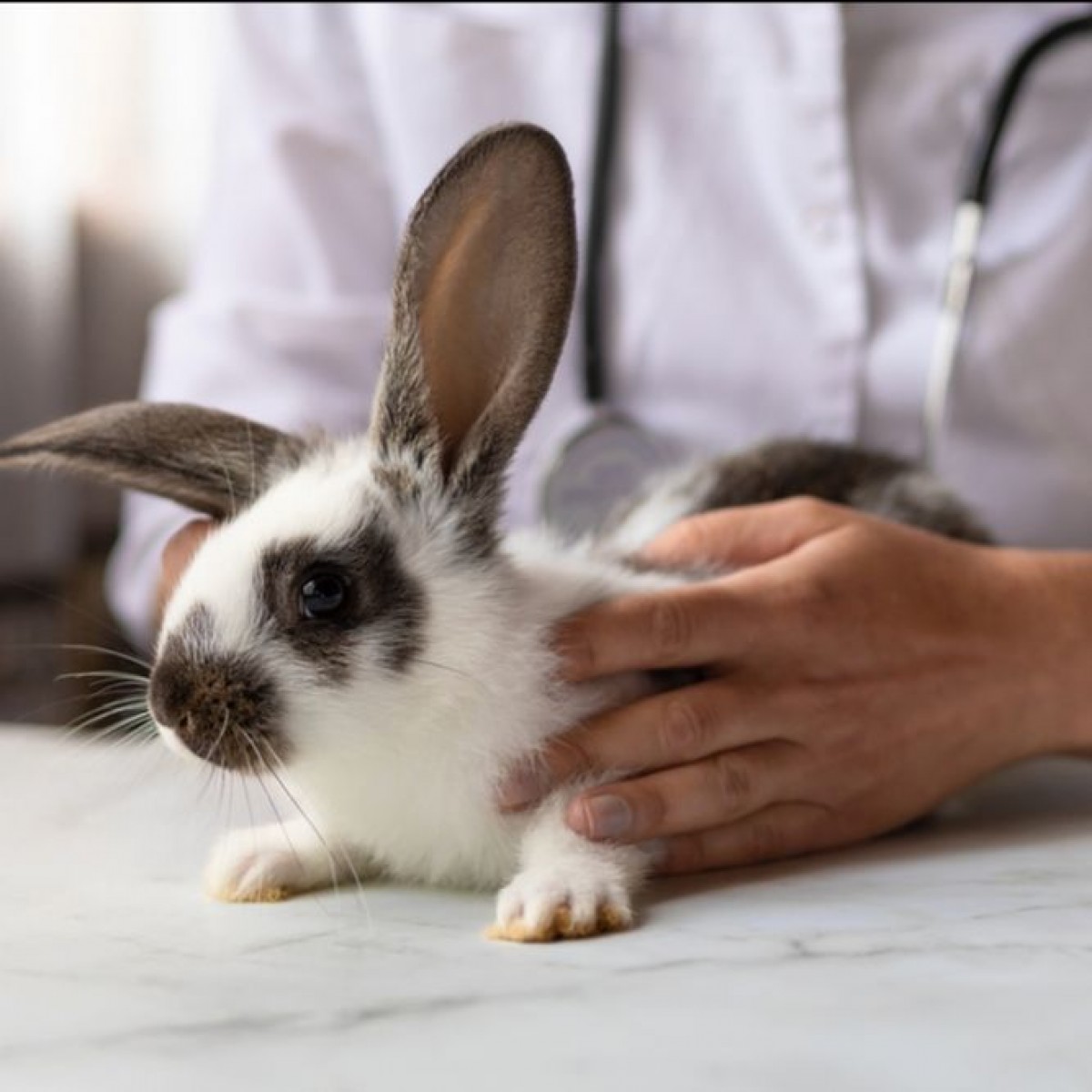Treatment options, complications and long-term outcomes for limb fractures in pet rabbits
Background: Limb fractures represent the most common orthopedic disease in pet rabbits. However, only a few studies have evaluated therapeutic details of limb fractures. There are no data available for long-term outcomes of limb fracture treatment.
Methods: Researchers reviewed the medical records of six institutions retrospectively to identify cases of traumatic limb bone fractures in pet rabbits between 1999 and 2020. The medical records (n = 387) were analyzed for details of fracture prevalence, etiology, therapy protocols, treatment complications, outcome and long-term effects. In addition to the retrospective data evaluation, 13 rabbits were re-evaluated in person in recent clinical analyses, including orthopedic examination, radiography and computed-tomographic imaging. Details of long-term effects of fracture treatment were requested over the telephone for a further 232 animals using a standardized questionnaire.
Results: Long bone fractures accounted for most of all fractures (296/387; 76.5%). Hindlimb fractures (301/387; 77.7%) were more common than forelimb fractures (86/387; 22.2%), and tibial fractures and combined fractures of the tibia and fibula (119/387; 30.8%) were observed most frequently. Most fracture treatments were based on osteosynthesis procedures (243/328; 74.1%). Treatment complications occurred in 130 out of 328 (39.6%) cases. A high bodyweight (p = 0.047) and an older age (p = 0.01) were found to be significant risk factors for the emergence of therapy complications. Overall, 75.4% of animals (175/232) had a satisfactory long-term outcome. was reviewed for 175 animals (among 232; 75.4%). Limb posture anomalies were evaluated in 61 cases (26.3%).
Limitations: The multi-center approach led to the inclusion of various institutions, veterinarians, treatment protocols and rabbit populations that might have influenced the results. The medical records were reviewed retrospectively, so there were some data that were lacking or could not be collected in a standardized manner. Furthermore, rabbit owners' evaluation of long-term outcomes might be prone to error, despite the use of a standardized interview questionnaire.
Conclusion: Limb fractures are a common orthopedic issue in pet rabbits. The patient's bodyweight and age are significant risk factors for the emergence of complications during the fracture treatment process. Long-term orthopedic effects, such as abnormal limb posture and permanent lameness of the affected limb, were observed regularly.
Johannes Hetterich et al. "Treatment options, complications and long-term outcomes for limb fractures in pet rabbits." VetRecord. First published: 09 November 2022. https://doi.org/10.1002/vetr.2344














List
Add
Please enter a comment